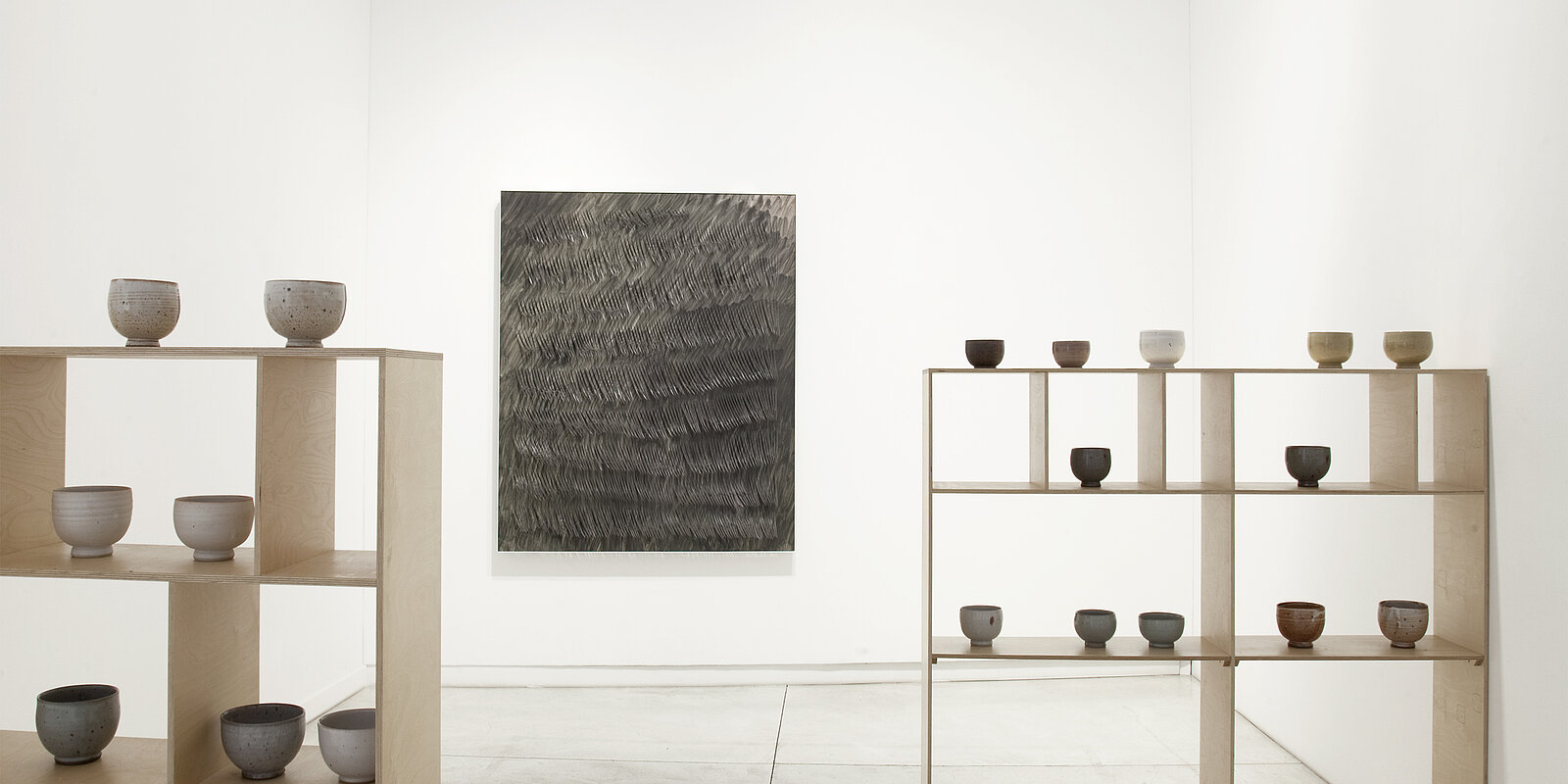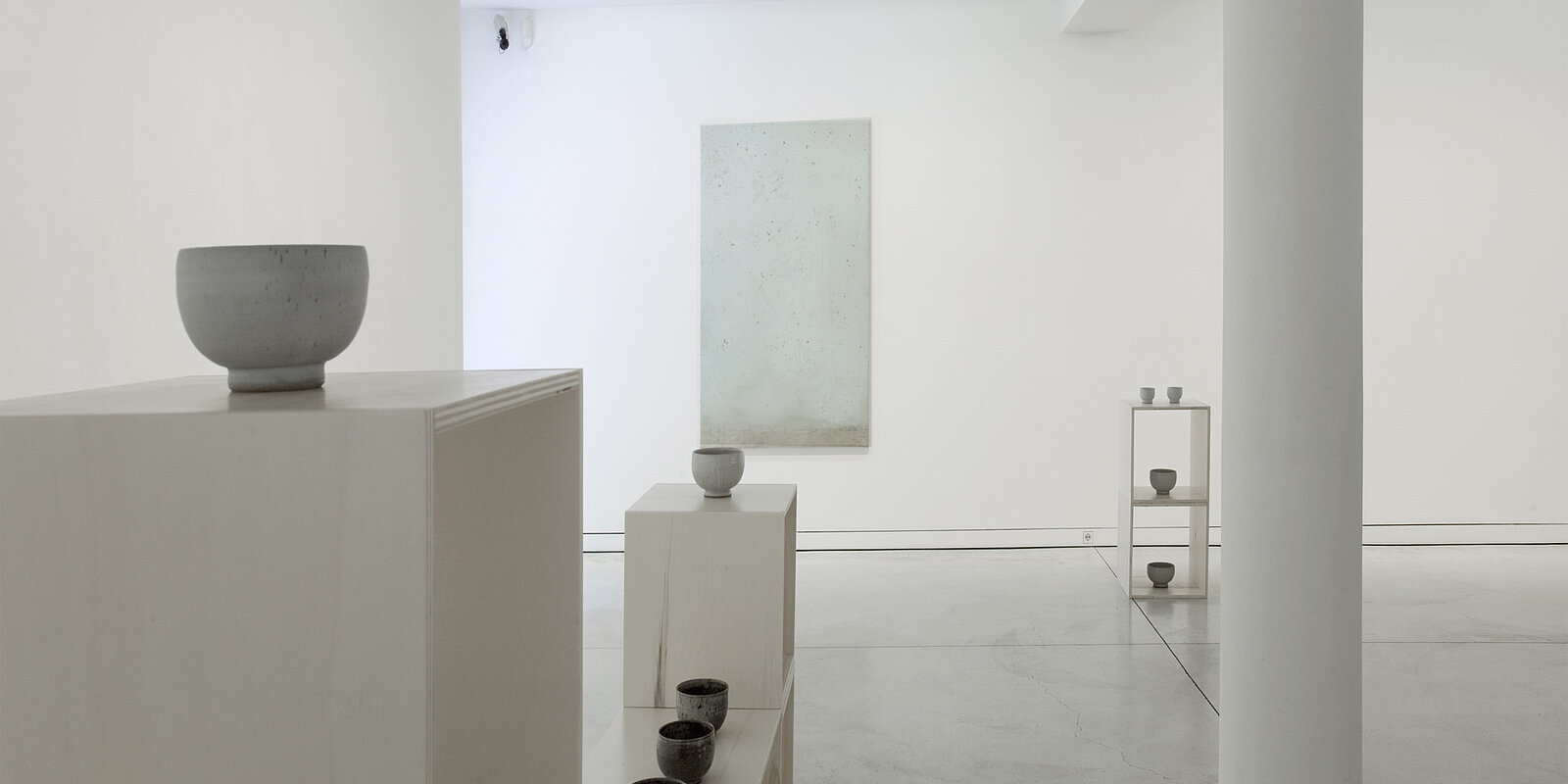Young-Jae Lee: Spinach Bowls

Galerie Karsten Greve Cologne
Tuesday - Friday 10 am - 6.30 pm
Saturday 10 am - 6 pm
extended through August 29, 2020
Opening
on Friday, June 19, 2020, from 12am to 7pm
in presence of the artist
Trends in Korean ceramics influenced the development of Japanese ceramics and porcelain. Examples of classical Korean ceramic wares include the Celadon ceramics from the Goryeo dynasty (918-1392) as well as the white ceramics from the Joseon dynasty (1392-1897). During the Joseon dynasty, Korean ceramic wares were considered to represent the highest quality of achievement from royal, city, and provincial kilns. These products were export articles. In the 16th century, the golden age of Korean ceramics, Korean ceramists produced their own drinking and dining bowls exclusively as tea bowls for the Japanese market, thus supporting the development of an excellent new ceramics culture. Inspired by the masters of the Joseon dynasty, Young-Jae Lee created her own aesthetically pleasing and simple pieces. She adopted the shape of the traditional Korean ceramic bowls and redefined it for her own drinking and dining bowl – the Spinach Bowl.
Young-Jae Lee loves to throw the same vessel type a hundred times over, because repetition creates manifold possibilities. Most Spinach Bowls have a simple, barely visible base ring. The bowl itself bulges upwards. It is about two thirds wider than it is high. This gives the impression that the bowls are aligned horizontally rather than vertically. The Spinach Bowls have an almost uniform height between 7 and 8.5 centimeters (between 2.75 and 3.35 inches) and a diameter of 11 to 12 centimeters (4.3 to 4.7 inches). The transition from the round-bellied shape of the bowl to its rim is relatively straight or slightly curved. The inside of the base shows snail-like or concentric traces of rotation. Despite their uniformity, each Spinach Bowl has its own distinctive character. What gives them their individual peculiarity is their ceramic glazes; some bowls have earthy and reddish-brown glazes, others have whitish to light brown ones. White, gray, or bluish glazes, known from the artist's early bowls, are rarely found now.
Presented by Galerie Karsten Greve in Cologne, Young-Jae Lee comes across as an artist who is a mediator between Korean and Japanese, Asian and European culture, whose works merge the ancient tradition of Korean ceramics with modern art specifically European in character.






